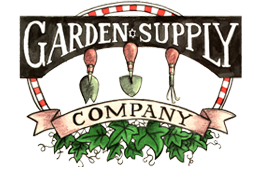A native to North America, bee balm is a favorite flower for many gardeners. This cheery little plant is perfect for brightening up any garden + attracting the sweetest little critters! Found in shades of red, pink, purple, and white, this perennial is sure to fit right in with the rest of your flowerbed. Check out these tips on planting + caring for bee balm in your garden this season!
Bee balm plants are huge fans of sunny spots, though they can tolerate some shade—particularly in areas that have hot summers. Typically between 2 ½ to 4 feet tall, these pollinators are perfect for brightening up large flowerbeds with rich soil. You can also find some smaller varieties that can be less than 10 inches tall! These work perfectly as potted plants.
Water your plants regularly, but try to avoid watering from overhead as bee balm plants do have the tendency to develop mildew as the weather cools. Planting them in an area with lots of airflow can help prevent this as well. While they do love moist soil, boggy conditions are not their favorite.
Keep in mind that the more you pick your bee balm flowers, the more production your plants will have! Deadheading your plants and picking off the blooms will help increase growth. In the late fall, as winter starts to seep in, you might cut your plants down to just 6 or so inches tall. Though they may die down over the cold months, early spring will bring them back to life!
One of our favorite things about bee balm is that it attracts so many fantastic garden creatures! You’ll notice more butterflies, hummingbirds and bees than ever before taking up residence in your garden!
Interested in planting bee balm in your garden before summer ends? Stop by GSCO today + add this pollinating perennial to your flowerbed!

